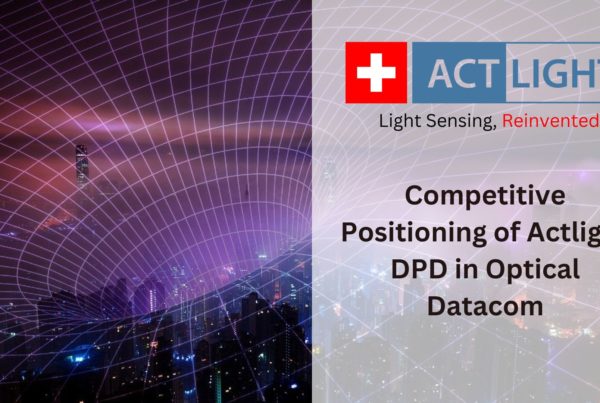For years, heart rate has reigned supreme as the go-to metric in wearable health tracking. While it offers valuable insights into physical activity and overall fitness, it tells only part of the story. Enter heart rate variability (HRV) – a rising star in the world of wearables, promising a deeper understanding of our health and well-being.
Beyond the Beat: Unpacking HRV’s Significance:
HRV measures the variation in the time between heartbeats, reflecting the interplay between our nervous system and heart. A high HRV signifies a well-regulated autonomic nervous system, indicating resilience to stress and better overall health. Conversely, a low HRV can signal stress, fatigue, and an increased risk of various health conditions.
Why HRV Matters in Wearables:
Traditional wearables primarily focus on heart rate, offering limited insights into our body’s adaptive capacity and stress response. HRV, however, provides a window into our nervous system’s health, opening doors to personalized wellness strategies.
Unlocking the Potential: Real-World Applications:
Case studies showcase the transformative potential of HRV in wearable health:
- Personalized Stress Management: Wearables equipped with HRV monitoring can identify stress triggers and suggest personalized coping mechanisms, like mindfulness exercises or breathing techniques, based on an individual’s unique response patterns.
- Sleep Optimization: By analyzing HRV fluctuations during sleep, wearables can identify sleep quality issues and recommend adjustments to sleep hygiene for improved rest and recovery.
- Early Detection of Health Risks: Studies suggest that HRV changes can precede the onset of certain health conditions. By continuously monitoring HRV, wearables could potentially flag early warning signs, enabling proactive interventions.
ActLight: Building the Future of HRV Tracking:
ActLight, a leader in light sensing technology, is actively exploring the potential of its Dynamic Photodetector (DPD) technology for accurate and efficient HRV monitoring in wearables. DPDs offer several advantages:
- High Sensitivity: DPDs can detect subtle changes in heart rate variability with exceptional accuracy.
- Low Power Consumption: This enables longer battery life in wearables, crucial for continuous HRV monitoring.
- Compact Size: DPDs are smaller than traditional sensors, allowing for comfortable and discreet integration into wearables.
Beyond Technology: A Collaborative Approach:
Unlocking the full potential of HRV in wearables requires a collaborative effort. ActLight’s DPD sensors, engineered for compactness without sacrificing performance, offer unparalleled sensitivity and accuracy, ensuring precise HRV measurements. With low power consumption and streamlined integration, our technology sets the standard for efficient and cost-effective HRV tracking. More
The Future of Wearables
The future of wearable health tracking lies beyond simply counting steps and measuring heart rate. By incorporating HRV monitoring, wearables can evolve into powerful tools for personalized health management, stress reduction, and early disease detection. ActLight, through its innovative technology and collaborative licensing opportunities, is committed to illuminating this future, empowering businesses to take charge of their consumer’s well-being through the power of light.
Keen on exploring industry insights in light sensing? or seeking solutions for your business needs? Connect with ActLight SA to discover how we can assist you.






